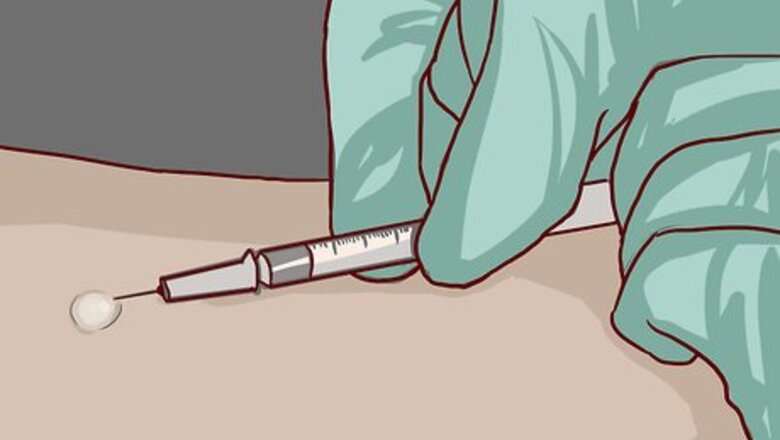
views
X
Trustworthy Source
Centers for Disease Control and Prevention
Main public health institute for the US, run by the Dept. of Health and Human Services
Go to source
- Leave your arm uncovered after the injection and return to your doctor within 72 hours for an official reading and documentation.
- Look for a hard, raised bump with definite borders over the injection site. Measure the diameter of the bump in millimeters.
- No bump means you’re negative. A bump over 15mm is a positive result for low-risk people (a smaller bump can be positive for higher-risk people).
Reading the Test
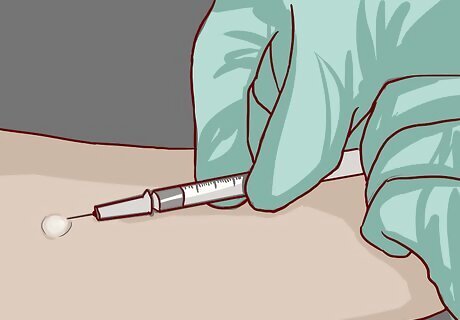
Go to your doctor for a tuberculosis skin test. You will be given an injection of a purified protein derivative into the inner forearm that will result in a 6 to 10mm welt that will disappear within a few hours.
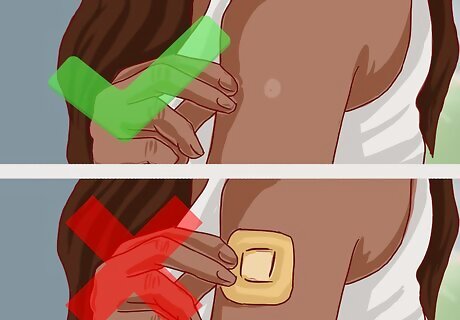
Leave your arm uncovered. Do not place a bandage over the test site for 48 to 72 hours or apply lotion to the area. You can wash and dry your arm carefully. Also, avoid scratching or rubbing the test area on your arm. This can cause redness or swelling that may cause the results to be misread. Apply a cold washcloth on your arm if it is itchy.

Return to your doctor. The test must be read within 48 to 72 hours. If you do not come back within 72 hours, the test is considered invalid and will have to be repeated.
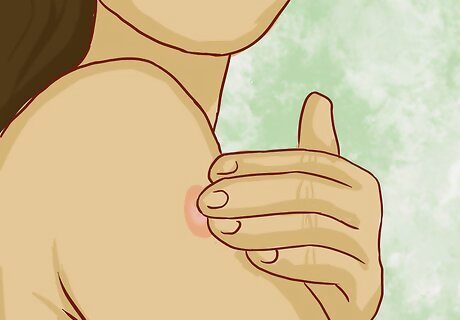
Find and mark the induration. Use your fingertips to find the induration. This is a hard, dense, raised formation with definite borders. If there is a firm bump, use a pen to mark the widest edges of the induration on the forearm. The only part that is important for your test results is the hard bump. The reddened area or any slight swelling does not count towards the size of the induration. You cannot always see the induration. You must find the induration with your fingertips.
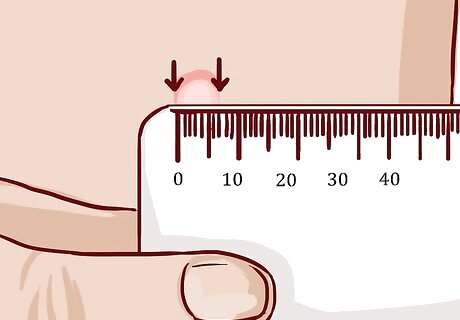
Measure the induration. The test site may be red, but that does not mean you have TB. You have to measure the induration. This induration is measured across your forearm in millimeters. Use a ruler with millimeter measurements. Place the ruler's edge with "0" on the left edge of the raised bump where you marked it with a pen. Look where the mark made on the right side of the bump falls on the ruler. Use the lower measurement if the mark is between two different lines.
Interpreting the Test
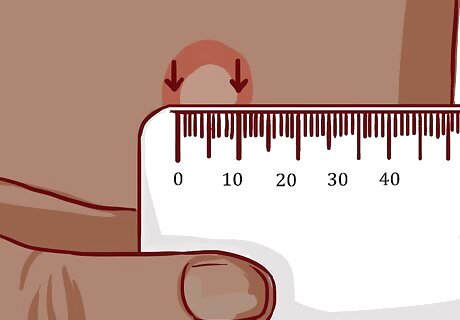
Determine if you’re in the high-risk group. An induration of 5mm or more is categorized as positive in individuals in the high-risk group. This group includes people who have: HIV Received organ transplants Been immunosuppressed for various reasons Recent contact with a tuberculosis (TB) positive person Chest x-ray consistent with old healed TB End stages of renal (kidney) disease
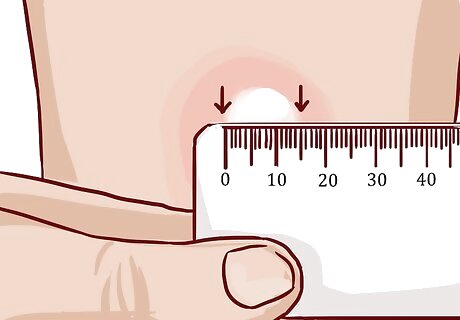
Determine if you’re in the moderate-risk group. An induration of 10mm or more is categorized as positive in people in the moderate-risk group. This includes people who: Immigrated recently from a country with widespread TB Use injection drugs Work in healthcare settings, prisons, nursing homes, or other similar areas Have clinical conditions that put them at risk (diabetes, leukemia, low body weight) Are children under age 4 Are children and adolescents exposed to high-risk adults
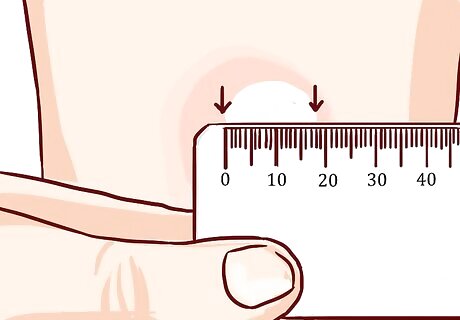
Look for a large induration if you’re not in these risk groups. An induration of 15mm or more is considered positive for those not in the high or moderate-risk groups. This includes all individuals, regardless of any risk factors they might have. The test is also considered positive if there are blisters present, even if there is a little swelling.
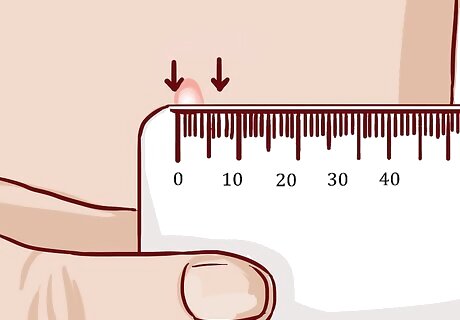
Look for a negative result. If there is no firm bump, the result is negative. If there is soft swelling or redness but no noticeable hardened bump that can be felt at the site, it is a negative. Even if you believe your skin test is negative, you must return to the doctor to have it professionally read.












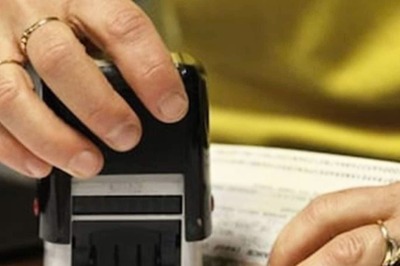



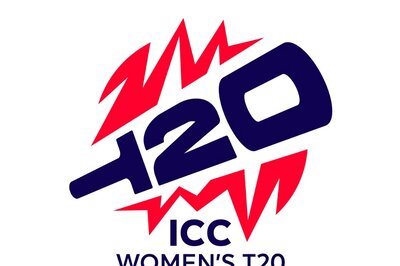



Comments
0 comment